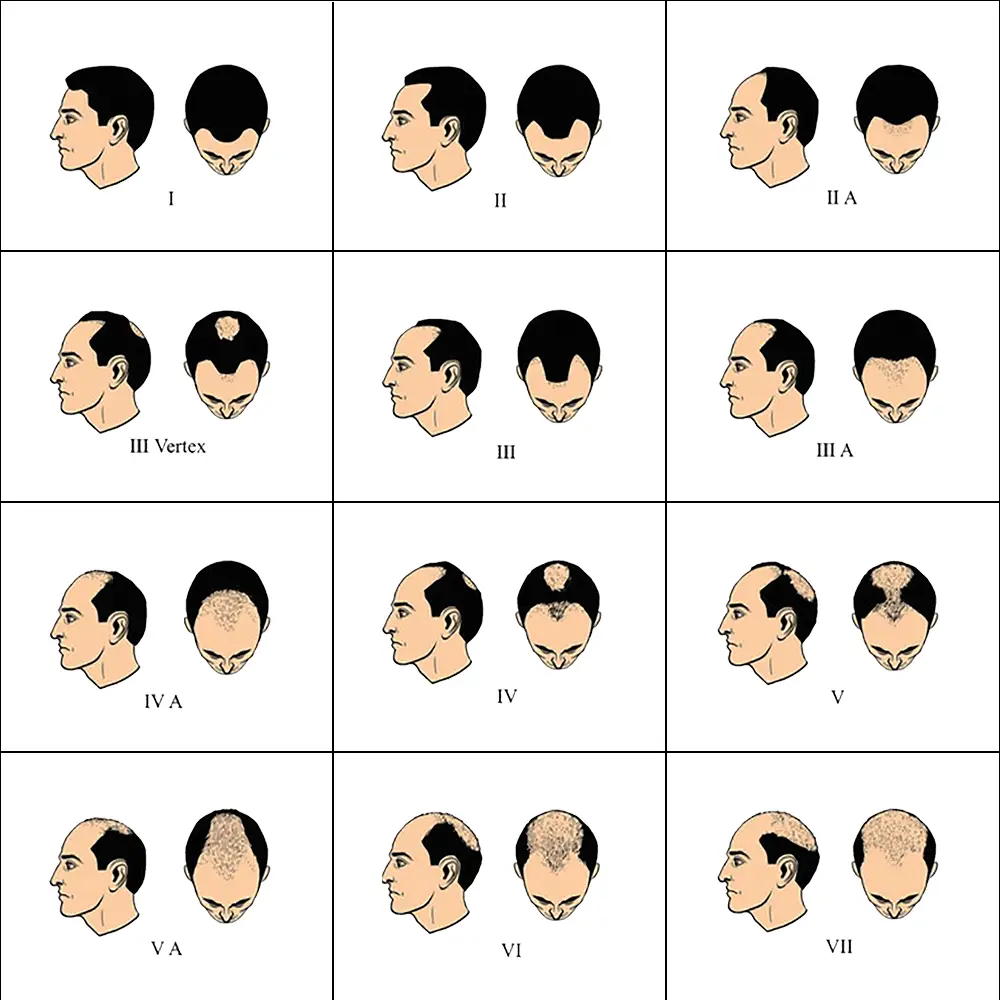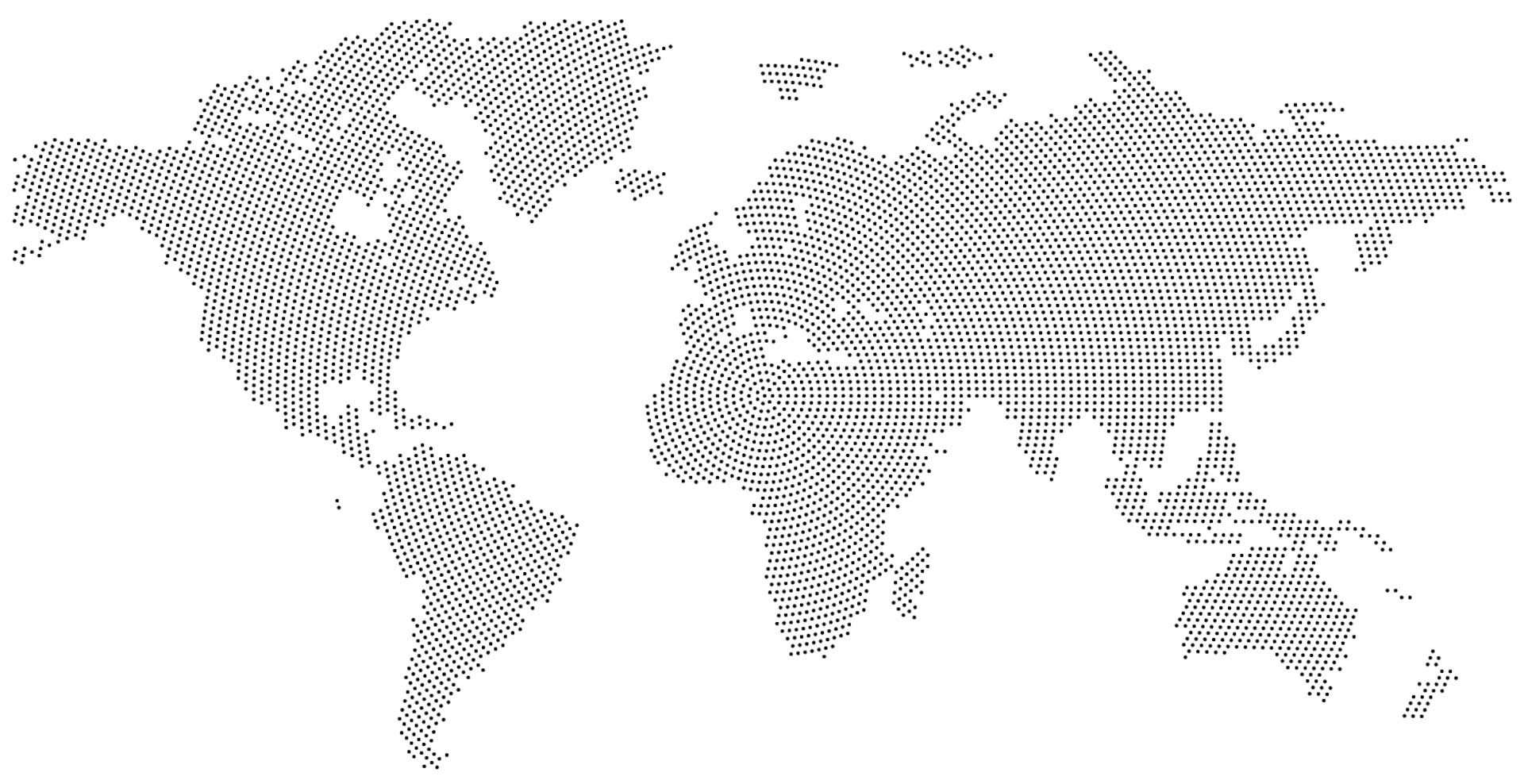Men Hair Loss is Also Termed as Male Pattern Baldness or Androgenic Alopecia.
In male-pattern hair loss, loss and thinning begin at the temples and the crown and hair either thins out or falls out.
Styling can also reveal areas of thinning, such as a wider parting or a thinning crown.
People have between 100,000 and 150,000 hairs on their head. The number of strands normally lost in a day varies but on average is 100.
The first signs of hair thinning that people will often notice are more hairs than usual left in the hairbrush after brushing
For male pattern baldness, the Hamilton–Norwood scale tracks the progress of a receding hairline and/or a thinning crown, through to a horseshoe-shaped ring of hair around the head and on to total baldness.



TOP CAUSES
One cause of male pattern baldness is genetics, or having a family history of baldness( Paternal or maternal genetic history of Androgenic alopecia). Research has found that male pattern baldness is associated with male sex hormones called androgens. The androgens (DHT) help control the hair growth cycle including regulating hair growth.
For male pattern baldness, the Hamilton–Norwood scale tracks the progress of a receding hairline and/or a thinning crown, through to a horseshoe-shaped ring of hair around the head and on to total baldness.
Dihydrotestosterone (DHT) is an androgen, DHT is derived from testosterone.
Testosterone is a hormone that’s present in both men and women it is a sex hormone that contributes to the development of what are thought of as “male” sex characteristics, such as body hair.
Men typically have more testosterone present in their bodies. About 10 percent of testosterone in all adults is converted to DHT with the help of an enzyme called 5-alpha reductase (5-AR).
Once it’s freely flowing through your bloodstream, DHT can then link to receptors on hair follicles in your scalp, causing them to shrink and become less capable of supporting a healthy head of hair.
Thus, too much stimulation of hair follicles by androgens may lead to a shorter growth period, resulting in shorter and thinner strands of hair. The growth of new hair to replace strands that are shed is also delayed. Together, these changes lead to hair thinning or hair loss.

Patients Feedback
Positive Feedback From Our Patients From All Over The World






